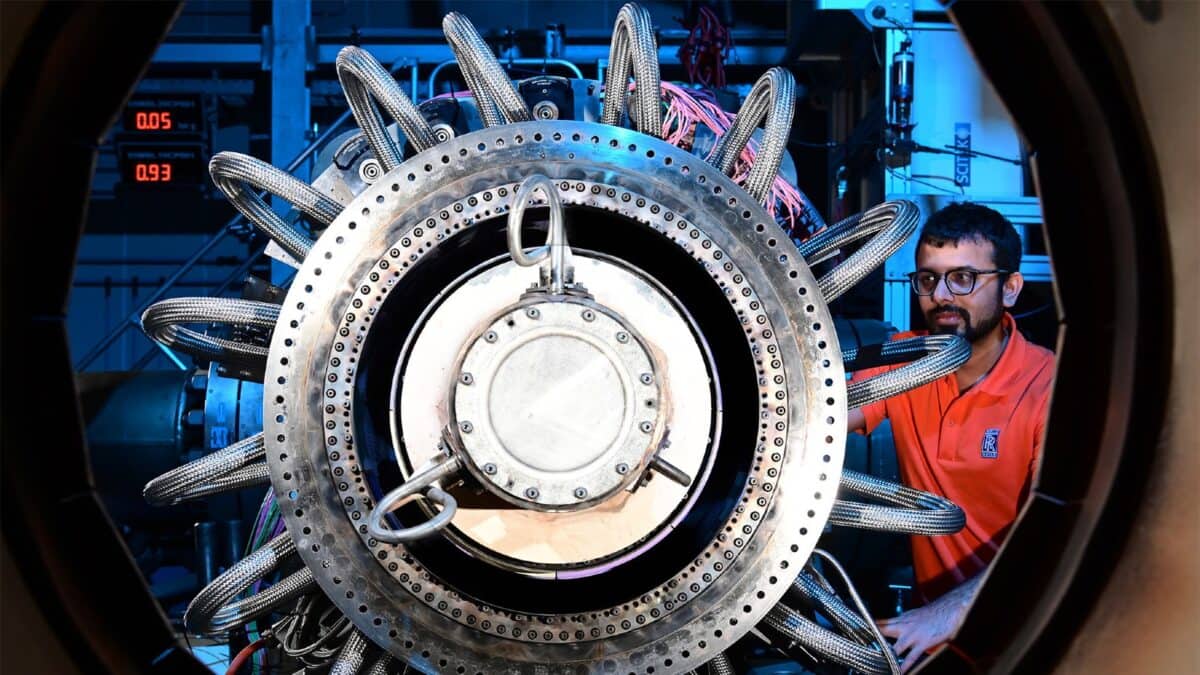The Rolls-Royce (LSE:RR) share price has outpaced the rest of the FTSE 100 over the past 12 months. Shares in the engine maker have even outperformed many of the booming tech stocks we hear so much about.
However, I believe this outperformance could continue. It’s not going to register 185% growth again over the next 12 months, but some significant tailwinds could keep the stock pushing upwards.
Civil aerospace
Civil aerospace is Rolls-Royce’s biggest business segment and remains one of its key profit drivers. In 2023, this segment accounted for more than 50% of the company’s operating profit. The continued recovery in regional and international travel following the pandemic, particularly in Asia, has significantly benefited Rolls-Royce’s civil aerospace business. This uptrend is set to continue with 40,000 new aircraft required over the next two decades.
Should you invest £1,000 in Manchester United Plc right now?
When investing expert Mark Rogers has a stock tip, it can pay to listen. After all, the flagship Motley Fool Share Advisor newsletter he has run for nearly a decade has provided thousands of paying members with top stock recommendations from the UK and US markets. And right now, Mark thinks there are 6 standout stocks that investors should consider buying. Want to see if Manchester United Plc made the list?
Moreover, Rolls-Royce anticipates continued market share gains in the wide-body aircraft sector. The company’s installed engine base is projected to expand, reflecting current momentum. This growth in installed engines is not only crucial for the sale of new engines but also for the maintenance, repair, and overhaul (MRO) services that Rolls-Royce offers. The aftermarket — servicing of the engines — is a huge revenue source.
Complementing this is Rolls’ programme that improves time-on-wing (TOW) — a measure of engine durability. Rolls is looking to increase TOW by 40% across its current portfolio. Notable, it’s aiming to double TOW for A350-1000 engines operating in sandy conditions.
Defence spending
Defence is Rolls-Royce’s second most important business segment. Elevated geopolitical tensions are expected to underpin continued growth within Rolls-Royce’s defence business, representing a significant driver of growth in the medium term.
While an end to the war in Ukraine would likely have a negative impact on the share price, defence budgets across Europe and NATO have already been raised and will remained elevated, even if peace is achieved.
A change of government in the UK — Rolls’ biggest defence client — is unlikely to have any major impact. Both main parties are committed to long-term defence projects and enhancing national security. Moreover, the UK and many of its partners are committed to long-running projects like AUKUS and Global Combat Air Programme (Tempest).
The bottom line
I think one of the biggest risks facing the stock is profit-taking. With the stock so elevated over the past 18 months, it’s natural that some investors will be taking profits as the firm is less obviously undervalued today than it was a year ago.
However, I’m still bullish on Rolls-Royce. It’s not cheap, at 27 times forward earnings, but the company has a plethora of tailwinds that will fuel growth. One of these tailwinds, which I haven’t mentioned, is power systems for artificial intelligence (AI) data centres — which require huge amounts of power.
Interestingly, Rolls-Royce still has a price-to-earnings-to-growth ratio of 0.95. A ratio under one infers the company’s undervalued. So with a blend of cyclical and structural growth drivers, I’d expect to see the the share price grow.








